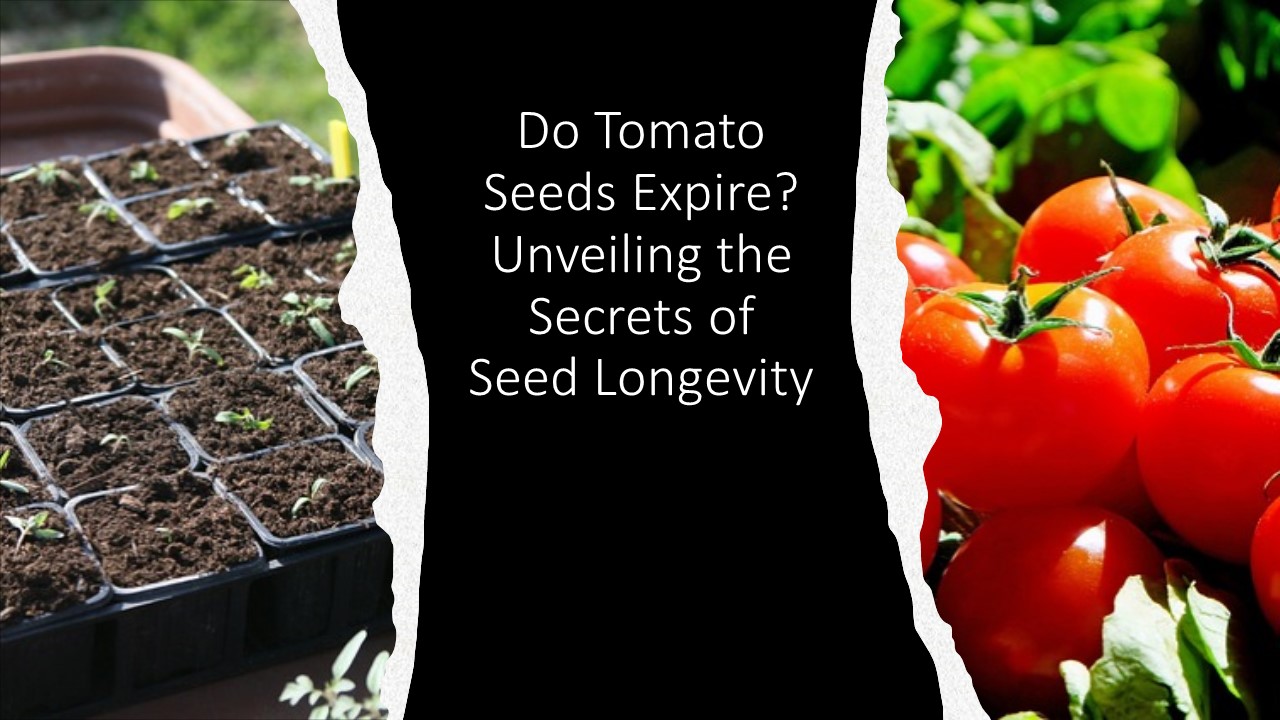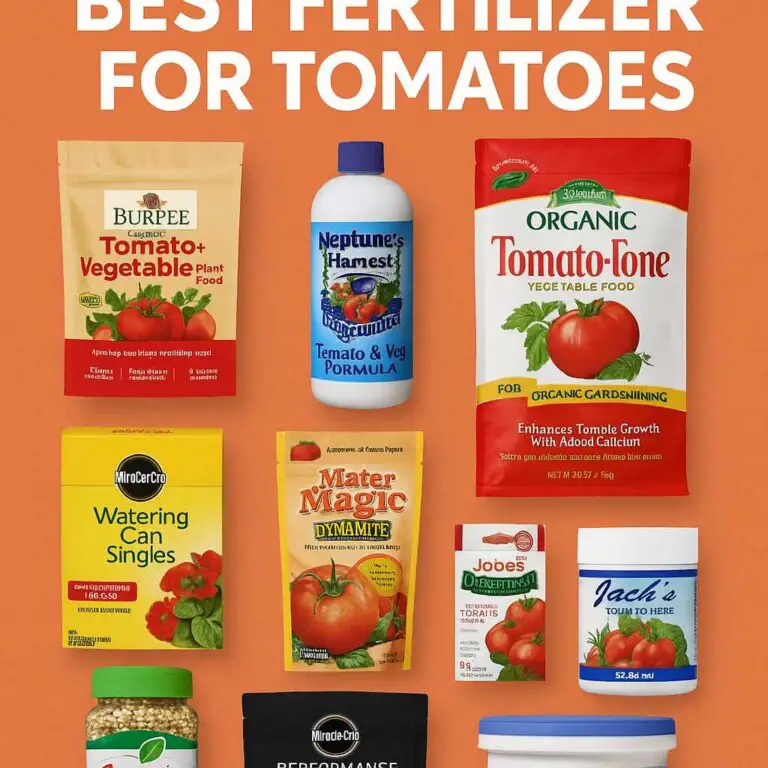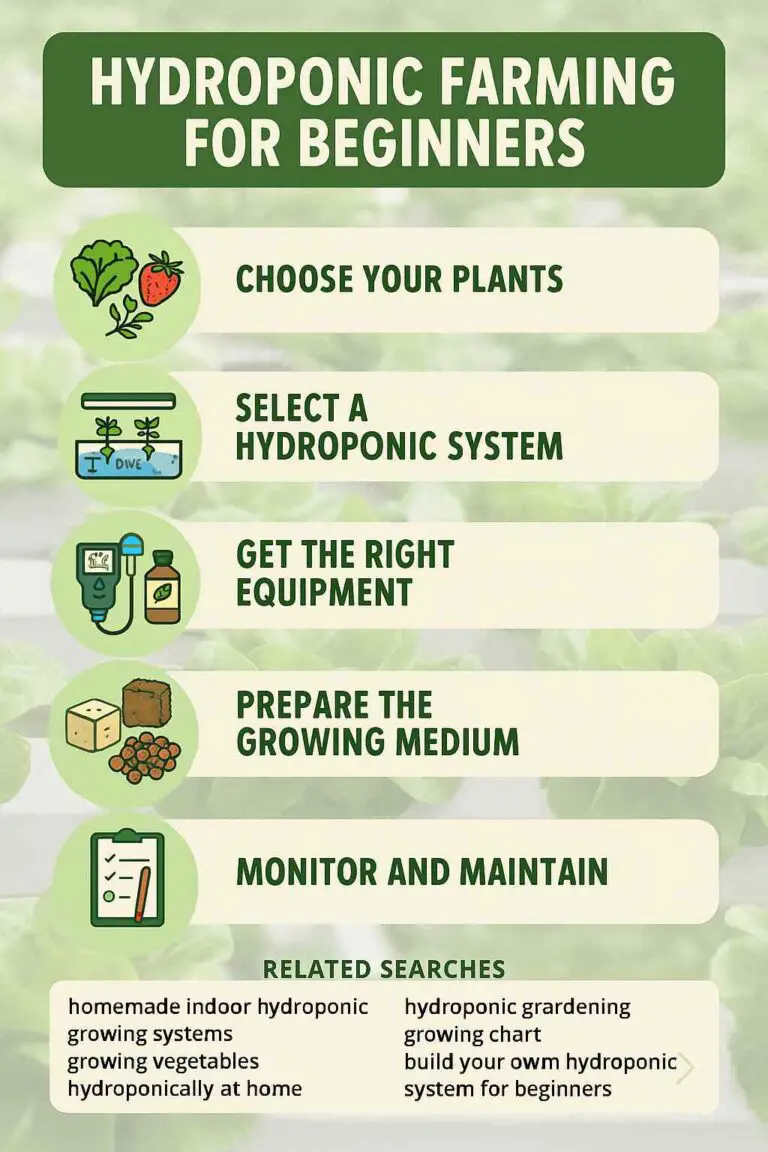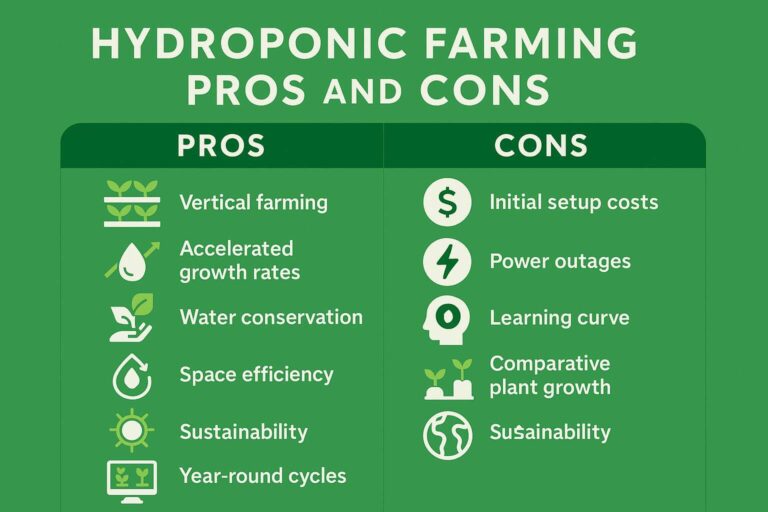Welcome to my little corner of green goodness. Today, I’m diving into a fascinating topic that has probably crossed the minds of many tomato growers: Do tomato seeds expire? As someone who cherishes the joy of nurturing plants from tiny seeds to bountiful harvests, at one point I was also wondered about the longevity of these magical life carriers.
Yes, tomato seeds can expire. Tomato seeds are typically viable for an average of 4-6 years under optimal conditions. However, it’s worth noting that with proper storage in an ideal environment, it’s possible to sprout seeds that are many years older than that.
The viability of tomato seeds gradually decreases over time, and after a certain point, they may become non-viable and unable to germinate. Factors such as storage conditions, seed type, and genetic characteristics influence the longevity of tomato seeds.
Join me as I uncover the secrets behind the expiration dates of tomato seeds, explore the factors that influence their viability, and provide valuable insights and practical tips to help you make the most of your tomato seeds. Let’s dig in!
Understanding Seed Longevity
Seeds truly are nature’s remarkable gift. They hold within them the potential for new lives, encapsulating the genetic blueprint of plants. Without seeds, the cycle of growth and regeneration would be impossible. From the tiniest tomato seed to the largest tree nut, these little packages of life have the power to create lush gardens and thriving ecosystems.
Tomato Seeds: A Closer Look
Let’s zoom in on tomato seeds. Tomato seeds come in a variety of shapes, sizes, and colors, reflecting the astonishing diversity of tomato cultivars. Each seed carries the promise of a unique tomato plant, with its distinct flavor, texture, and appearance. Whether you prefer juicy red slicers, sweet cherry tomatoes, or heirloom varieties bursting with heritage, there’s a tomato seed for every gardener’s taste.
But now the burning question arises: Do these tomato seeds have a limited shelf life? Can they expire like that forgotten container of milk in the back of your refrigerator? Let’s delve deeper into the factors that influence tomato seed longevity and find some answers.
Just like humans inherit certain traits from their parents, tomato seeds inherit their genetic characteristics. Some tomato varieties are naturally inclined to have longer seed viability than others. These “true-to-type” seeds, which closely resemble the parent plant, often have a greater potential for longevity. So, choosing seeds from reputable sources and ensuring their genetic integrity can play a role in prolonging their viability.
Environmental Conditions
The environment—the silent yet influential partner in every seed’s life. The way tomato seeds are stored can significantly impact their longevity. Temperature, humidity, and light exposure are the three key factors to consider when providing a cozy home for your seeds.
To keep tomato seeds in tip-top shape, it’s best to store them in a cool and dry place. A temperature range of 40°F to 50°F (4°C to 10°C) is ideal, as it helps slow down the seed’s metabolic activity and keeps them dormant. Additionally, maintaining a moderate level of humidity, ideally below 50%, prevents mold growth and seed deterioration. Finally, shield your precious seeds from direct sunlight, as excessive light exposure can affect their viability.
Seed Type and Processing
Tomato seeds come in different types: hybrid, heirloom, and open-pollinated. Hybrid seeds, produced by crossbreeding different tomato varieties, can have variable seed longevity due to their genetic complexity. Heirloom seeds, on the other hand, are prized for their historical significance and genetic stability, potentially leading to longer viability. Open-pollinated seeds, which are pollinated by natural means, also tend to maintain their genetic integrity, allowing for extended seed viability.
Furthermore, how seeds are processed before packaging can influence their longevity. Proper drying and cleaning methods help remove excess moisture and impurities, improving the chances of long-term viability. So, when selecting tomato seeds, consider their type and the care taken during processing.
Factors Influencing Tomato Seed Longevity
When it comes to seed longevity, the genetic makeup of tomato seeds plays a significant role. Some tomato varieties are naturally more inclined to have longer seed viability than others. These “true-to-type” seeds, which closely resemble the parent plant, often exhibit better longevity. Therefore, selecting seeds from reliable sources that prioritize genetic integrity can increase the chances of prolonged viability.
Environmental Conditions:
The environment in which tomato seeds are stored greatly affects their longevity. Temperature, humidity, and light exposure are the three critical factors to consider when creating an optimal storage environment for your seeds.
To ensure the longevity of your tomato seeds, it is recommended to store them in a cool and dry place. The ideal temperature range is typically between 40°F to 50°F (4°C to 10°C), as this helps slow down the seed’s metabolic activity and preserves their vitality. Excessive heat can cause the seeds to deteriorate faster, so it’s important to avoid storing them in hot or fluctuating temperatures.
Humidity control is equally vital. Excess moisture can lead to mold growth and seed damage, reducing viability. Aim for a moderate humidity level, preferably below 50%, to prevent such issues. Using airtight containers or moisture-proof packaging can help protect your tomato seeds from moisture fluctuations.
Lastly, exposure to light can negatively impact seed viability. Tomato seeds should be stored in a dark environment to minimize light exposure. Keep them away from direct sunlight or fluorescent lighting, as prolonged exposure to light can decrease their germination rates.
Seed Type and Processing:
The type of tomato seeds and the processing methods they undergo can also affect their longevity.
- Hybrid Seeds: Hybrid tomato seeds are created by crossbreeding different tomato varieties to achieve specific traits. Due to their genetic complexity, hybrid seeds may exhibit varying degrees of seed longevity. Some hybrids are bred for improved shelf life, while others may have shorter viability. It’s essential to check with the seed supplier or breeder for any specific information regarding the longevity of hybrid tomato seeds.
- Heirloom and Open-Pollinated Seeds: Heirloom tomato seeds are cherished for their historical significance and genetic stability. These seeds have been passed down through generations and often exhibit good longevity. Similarly, open-pollinated seeds, which are pollinated naturally by insects, wind, or other means, tend to maintain their genetic integrity and can have extended viability compared to hybrids.
Proper processing of tomato seeds before packaging is crucial for their longevity. Drying and cleaning methods remove excess moisture and impurities, enhancing the chances of long-term viability. Seeds that have been adequately processed are more likely to retain their viability for a longer period.
In the next section, I’ll explore how to identify signs of expired tomato seeds and perform simple germination tests.
Signs of Expired Tomato Seeds
Before I jump into the signs of expired tomato seeds, let’s first discuss a simple and reliable way to test their viability. Conducting a germination test will help you assess whether your seeds are still capable of sprouting and producing healthy tomato plants. Here’s how you can do it:
- Gather a few tomato seeds from the batch you wish to test.
- Moisten a paper towel or a piece of filter paper with water.
- Place the moistened paper towel on a plate or in a sealed plastic bag.
- Spread the tomato seeds evenly on one-half of the paper towel.
- Fold the paper towel over the seeds to cover them completely.
- Keep the plate or bag in a warm location, ideally around 70°F to 80°F (21°C to 27°C).
- Check the seeds regularly for any signs of germination over a period of 7 to 10 days.
- Count the number of seeds that have successfully germinated to determine the germination rate.
Signs of Poor Viability:
While a germination test is the most accurate way to assess seed viability, there are a few physical characteristics and signs that can indicate the potential expiration of tomato seeds:
- Deterioration of Seed Coat: Examine the seed coat for any visible damage, cracks, or brittleness. If the seed coat appears shriveled, discolored, or excessively dry, it may suggest reduced viability.
- Poor Germination Rates: If a significant portion of your tested seeds fail to germinate, it could be a sign of reduced viability. However, keep in mind that not all seeds may germinate, even if they are viable, as germination rates can vary.
- Age of the Seeds: Tomato seeds generally have a lifespan of 2 to 5 years, depending on various factors. If your seeds are significantly past their recommended storage duration, their viability may be compromised.
- Improper Storage Conditions: Seeds that have been exposed to unfavorable storage conditions, such as high temperatures, excessive moisture, or prolonged light exposure, are more likely to lose their viability sooner.
Remember, even if some of your tomato seeds exhibit signs of reduced viability, it’s worth testing a larger sample to get a more accurate assessment. Also, keep in mind that not all seeds within a packet may age at the same rate, so some may still be viable while others have expired.
Don’t give up on your seeds just yet!
Extending Seed Longevity
To extend the longevity of your tomato seeds and ensure their viability for future planting seasons, it’s crucial to follow proper storage techniques. Here are some tips to help you preserve the vitality of your precious seeds:
- Dry Thoroughly: Before storing tomato seeds, make sure they are completely dry. Air-drying them for a few weeks in a well-ventilated area is recommended. This helps remove any remaining moisture and prevents the growth of mold or fungi.
- Use Airtight Containers: Transfer the dried tomato seeds to airtight containers, such as glass jars or resealable plastic bags. Airtight containers protect the seeds from moisture and humidity fluctuations, helping to maintain their viability.
- Label and Date: Don’t forget to label each container with the seed variety and the date of collection or purchase. This information will help you keep track of the seed’s age and ensure proper rotation.
- Store in a Cool, Dark Place: Find a cool, dark spot for your seed storage. Ideally, choose a location where the temperature remains consistent and falls within the range of 40°F to 50°F (4°C to 10°C). A basement, refrigerator, or dedicated seed storage box can be suitable options.
Seed Saving Practices
Saving seeds from your own tomato plants can be an exciting and cost-effective way to continue your gardening journey. Here are 4 seed-saving practices to consider.
- Choose Healthy Plants: Select robust, disease-free tomato plants with desirable characteristics for seed saving. Healthy plants are more likely to produce viable seeds.
- Allow Fruits to Fully Ripen: Let the tomatoes fully ripen on the plant before collecting the seeds. This ensures that the seeds inside are mature and have the best chance of viability.
- Seed Extraction and Cleaning: Extracting tomato seeds is a simple process. Cut open the ripe tomato and scoop out the gelatinous seed mass. Place the seeds and surrounding gel in a container with some water and allow them to ferment for a few days. Then, rinse the seeds thoroughly to remove the gel, as it can inhibit germination. After cleaning, dry the seeds before storage.
- Store Properly: Apply the storage techniques mentioned earlier to store the saved tomato seeds, ensuring they remain dry, cool, and protected from light.
Conclusion
In conclusion, yes, tomato seeds do have a limited lifespan, but their viability can vary depending on several factors. Tomato seeds, like any other seed, can eventually expire and become non-viable if not stored or handled properly. However, with the right conditions and care, you can extend the longevity of tomato seeds and increase their chances of successful germination.
The expiration of tomato seeds is influenced by genetic factors, environmental conditions, seed type, and processing. Some tomato varieties naturally have longer seed viability than others. True-to-type seeds, which closely resemble the parent plant, often have a greater potential for longevity.
Environmental conditions play a crucial role in seed longevity. Proper storage is essential, including keeping the seeds in a cool, dry, and dark place. Exposure to high temperatures, excessive moisture, or light can reduce the viability of tomato seeds.
The type of seed, whether hybrid, heirloom, or open-pollinated, can also affect its longevity. Hybrid seeds, resulting from crossbreeding, may have varying levels of viability. Heirloom and open-pollinated seeds, which have genetic stability, tend to maintain their viability for a longer time.
Seed processing, such as drying and cleaning, can impact longevity. Thoroughly drying the seeds and removing any moisture or impurities before storage is important.
It’s important to note that the expiration of tomato seeds doesn’t mean all seeds become non-viable at the same time. Some seeds may remain viable even beyond their recommended storage duration, while others may expire sooner.
To determine the viability of tomato seeds, you can perform a simple germination test. By placing the seeds on a moist paper towel and observing if they sprout within a specific time frame, you can assess their ability to germinate.
In short, while tomato seeds do expire, their longevity can be extended through proper storage, selecting high-quality seeds, and appropriate seed-saving practices. By understanding the factors that influence seed viability and taking the necessary steps to preserve their quality, you can enjoy successful tomato plantings and continue to relish the delights of homegrown tomatoes.
Happy gardening, and may your future tomato seeds sprout into thriving plants that bring you joy and deliciousness!
Here’s another article that you might want to read next: Is Gardening Cheaper Than Buying? A Thrifty Gardener’s Perspective




